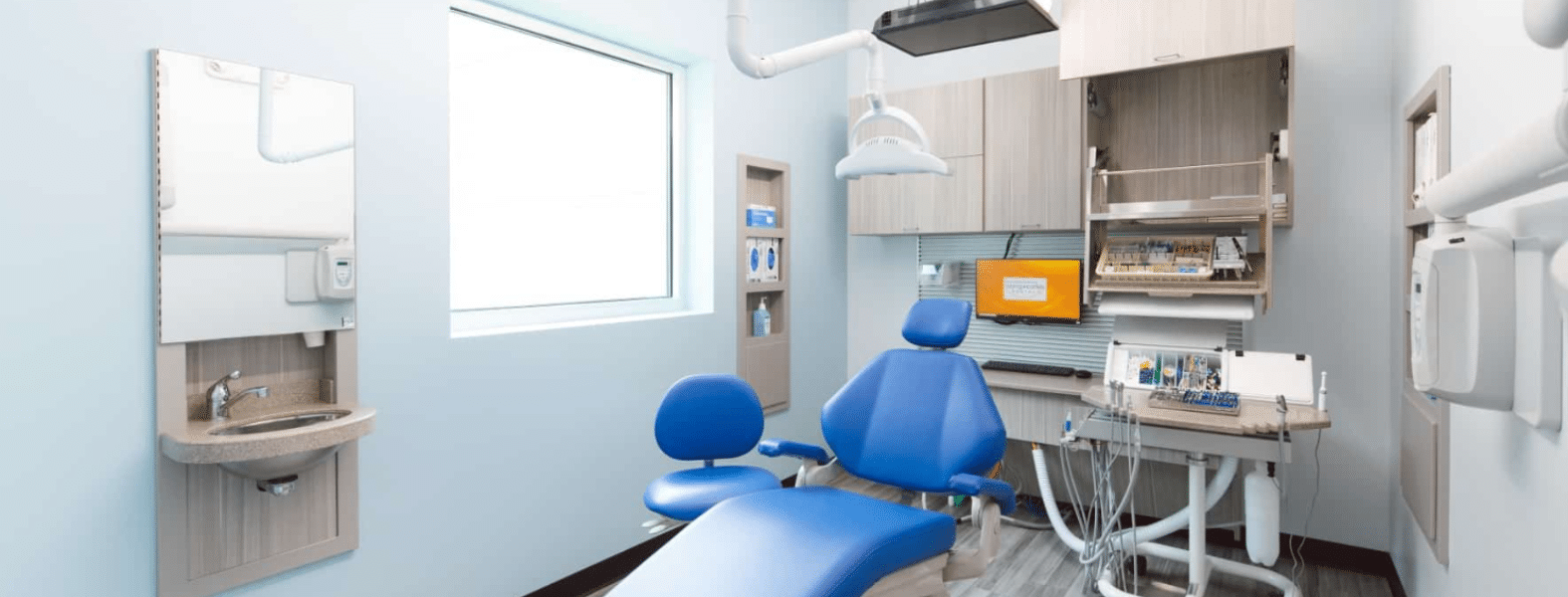
Topics:
July 19th, 2024
3 min. read

This blog post will discuss two decisions to help you conclude whether you need or want sinks in your treatment rooms.
First, a bit of history. Technically, sinks in treatment rooms began as cuspidors mounted to the newly evolved "Woe Tree" Style Dental delivery unit of the 1940s.

This modern apparatus revolutionized the relative discomfort of dental care. The cuspidor was there so that you could spit out all of the bits of tooth and carved-off mercury Amalgam lying all over your mouth during and after the procedure because high-volume suction hadn't been invented yet! Remember, this was an age when in many dental offices, local anesthetic was an additional charge! "Do you want an actual chance for some comfort with that?"
Cuspidors were and, in some cases, still are a standard rinse solution in many practices...an entirely different subject. But they still didn't address another, undoubtedly more significant need - Handwashing. To understand that I have to take you back to the 1960s. By then, high-powered suction was possible so that you could get rid of that spitbowl. But remember, dentists still weren't wearing gloves. So think about it for a moment. Going from room to room, sticking bare hands in people's mouths… That's when the genius idea of handwashing in every room became popular…Additionally, products like alginate became the dominant material for impression-taking, and fast-set alginates were much more conveniently mixed in the rooms.

But what about now? Thank God that we all wear gloves, at least. But it remains clear that hand disinfection is imperative to public health. So is that the only question? Can I replace handwashing with hand disinfectants, eliminate sinks from treatment rooms, and save money? I mean, the cubicle you had in dental school probably didn't have a sink So why do you need one now? Hopefully, we don't have to get into the discussion of dental schools and their cost and the low level of productivity that results in them in this blog but let me suggest that you NOT base what you should do in your practice upon what you learned in dental school. We’ll leave it at that.

So what about those hand disinfectants as a replacement for washing with water?
You certainly can successfully disinfect your hands with lotions, so that is an option. But if you want to be able to do what the CDC recommends and perform a comprehensive hand washing, the question becomes, do I do this in a treatment room or perhaps somewhere like the hallway? You could potentially save some money if you place the sinks intermittently in the hallway. But this brings up the elephant-in-the-room question. Why are we having this discussion anyway? The answer is very simple. You're trying to save some money somewhere. It's the same reason that dental schools try to avoid sinks in every cubicle! My answer would be pretty simple with regard to handwashing - it doesn't matter which way you just choose to do it. However, if you do a lot of surgery, I'd undoubtedly want sinks in those rooms.

But there's another consideration. And I think that it is the part that is overlooked in this discussion. Patient comfort. Over 80% of all the healthcare buying decisions are made by women. They generally decide where the entire family receives care. Women commonly wear makeup and may have more stylized hairdos than men – if you haven't noticed. Certainly more stylized than mine!
Thus, my biggest question about sinks isn't actually about sinks. It's about freshening up after dental appointments. Think about this for a moment. You came into the treatment room well composed, then we make you smash your hairdo against the headrest for an hour or so, we mess up your lipstick, we got your face numb, and you're now not sure if perhaps you still have crumbles of something floating around in your mouth. So do you think that your patient loves the idea of racing to your patient restroom somewhere out near the front desk and hoping that it is unoccupied, or blasting past the front desk to get to their car as quickly as possible to look in the mirror in order to look presentable?

I suggest that if you are building a new office and intend to treat financially capable individuals who make elective healthcare buying decisions, that you make sure that you have more than enough treatment rooms so that you aren't desperate to turn that room over for the next patient! Let your patient freshen up in the treatment room. After all, even your physician doesn't race you out of the exam room and make you put your clothes on in the hallway… At least, I hope not!
So don't race your patient out. Let them get reestablished. And here's a big benefit for you – if you do this, they will be much more comfortable to discuss the next dental care priority… And while you're at it, why don't you actually complete the checkout and payment process right there? But that's the subject of another video. Check out our YouTube video on In-Room Checkout For Dental Hygiene Patients.
If you are designing or modifying your treatment rooms, you have a huge opportunity to improve performance - far beyond simply expanding capacity.
Topics: